Trump and regional leaders sign Gaza ceasefire deal after major prisoner exchange
World leaders led by Donald Trump signed the first phase of a ceasefire deal in Egypt following a mass hostage-prisoner exchange between Israel and Hamas, with hopes for Gaza’s reconstruction tempered by major political uncertainties.

- US President Donald Trump and other leaders signed the first phase of a Gaza ceasefire deal in Egypt.
- The agreement follows a major exchange involving Israeli hostages and nearly 2,000 Palestinian prisoners.
- Future phases of the peace plan face major obstacles, including unresolved questions of governance and statehood.
World leaders convened in Sharm el-Sheikh, Egypt, on 13 October 2025 to sign the first phase of a Gaza ceasefire agreement. The event, led by United States President Donald Trump, marked a symbolic and practical step towards ending two years of war between Israel and Hamas.
The ceasefire follows a mass exchange of hostages and prisoners. Hamas released all remaining Israeli hostages in its custody, while Israel freed nearly 2,000 Palestinian prisoners and detainees. Families on both sides celebrated emotionally charged reunions, as humanitarian aid flowed into Gaza over the weekend following the agreement’s enforcement on Friday.
The signing ceremony took place at a high-profile summit attended by leaders including Egypt’s President Abdel Fattah el-Sisi, Qatar’s Emir Tamim bin Hamad Al Thani, and Turkey’s President Recep Tayyip Erdoğan. Trump greeted each of them individually, posing in front of a banner that read “Peace 2025.”
“We’ve achieved what everybody said was impossible – at long last, we have peace in the Middle East,” Trump declared during a news conference.
The US-brokered peace plan envisions a multi-phase process, with the current ceasefire and exchange forming the initial phase. Later phases are expected to include governance arrangements, reconstruction efforts, and further dialogue on political settlements.
At the summit, Trump praised regional leaders for helping to broker the deal and outlined a vision for Gaza as a “hub of development and investment.” Speaking optimistically, he said, “Rebuilding is maybe going to be the easiest part,” asserting that the US “knows how to build better than anybody in the world.”
However, optimism was tempered by the scale of destruction. Over two years of Israeli military operations have left Gaza largely uninhabitable. According to rights groups and independent researchers, more than 67,000 people were killed, with many more still unaccounted for under the rubble.
“We drove by entire neighbourhoods that have been levelled to the ground,” said Mahmoud, a resident returning to Gaza. “There is nothing left.”
The conflict has drawn international condemnation and accusations of genocide against Israel by a growing number of scholars and rights groups. Yet the US, despite now leading peace efforts, continued to provide Israel with arms and diplomatic backing throughout the war.
A joint statement released by the US, Egypt, Qatar and Turkey on Monday emphasised the importance of equality and dignity for all peoples in the region. “We seek tolerance, dignity, and equal opportunity for every person… regardless of race, faith, or ethnicity,” the statement read.
Nevertheless, political leaders acknowledged the fragility of the peace process. Egyptian President Sisi praised Trump’s leadership but warned that only the establishment of a Palestinian state could ensure a lasting end to the conflict.
“Peace remains our strategic choice,” said Sisi. “But experience shows that this can only be achieved through justice and equality in rights.”
Israel continues to oppose the creation of a Palestinian state, while the US has made only vague references to the political future of Gaza. Trump’s plan proposes governance by a group of Palestinian policy experts under a “Board of Peace” chaired by himself and former UK Prime Minister Tony Blair.
This arrangement has raised questions about legitimacy and representation. Zeidon Alkinani, a lecturer at Georgetown University in Qatar, expressed concern: “We need to look at the legitimacy of a political committee that would be governing a future Gaza. Who would be making the decisions?”
According to Israeli media, the ceasefire agreement acknowledges that some hostages' remains may not be recovered in the short term. Hamas reportedly stated it would return only four bodies at this stage. Israeli authorities have begun forensic tests to confirm the identities of those remains.
Up to 24 more hostages are still unaccounted for, a source of distress for their families. Nonetheless, the hostage exchange was broadly seen as a breakthrough, providing the necessary momentum for international leaders to move forward with diplomatic talks.
Trump landed in Israel shortly after the exchange was completed, addressing the Israeli parliament and declaring a “historic dawn in a new Middle East” before proceeding to Egypt.
Despite the celebratory tone of the summit, significant challenges remain. The latter phases of the 20-point peace plan involve contentious issues including border control, reconstruction governance, and guarantees for Israeli security.
Regional analysts say that while the current phase has brought a temporary halt to violence, long-term peace will depend on resolving deeper political questions that sparked the conflict.
“It’s not just about ending a war,” said Alkinani. “It’s about ending the conditions that gave rise to it.”

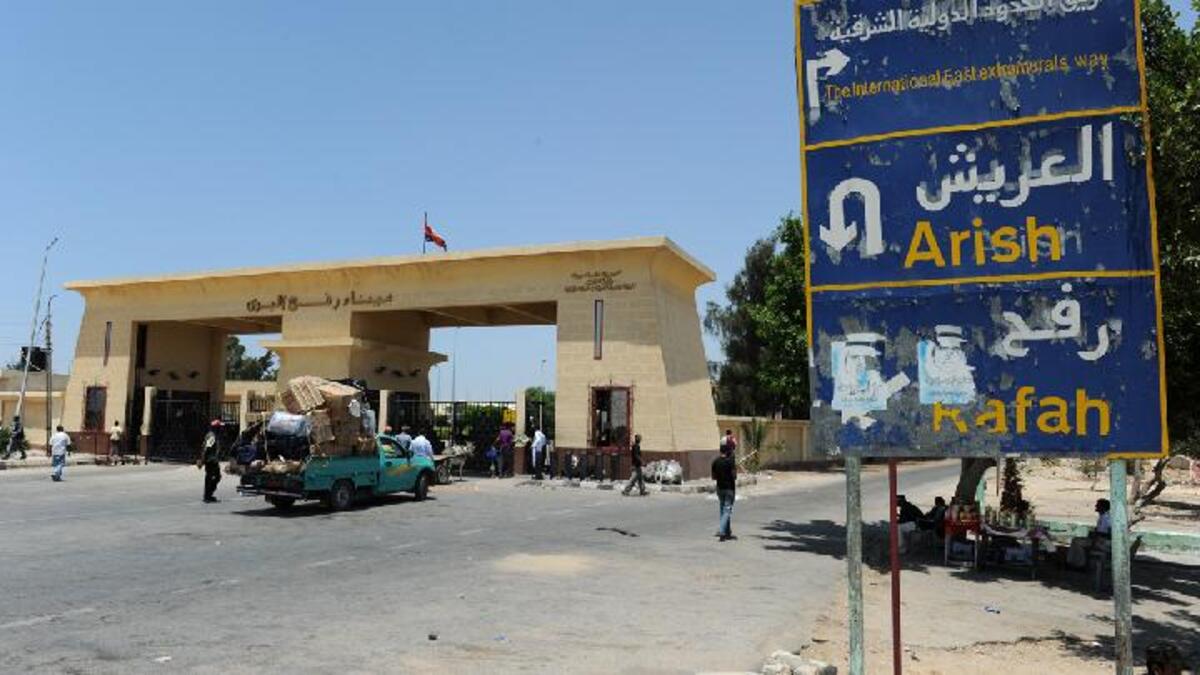
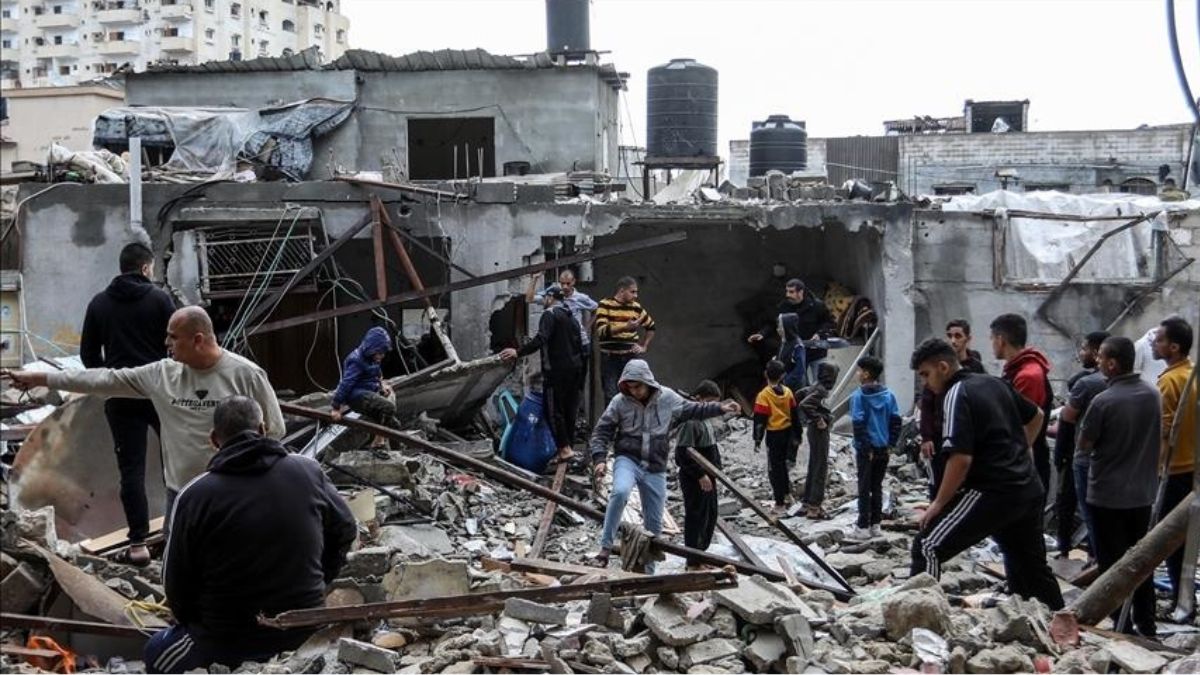
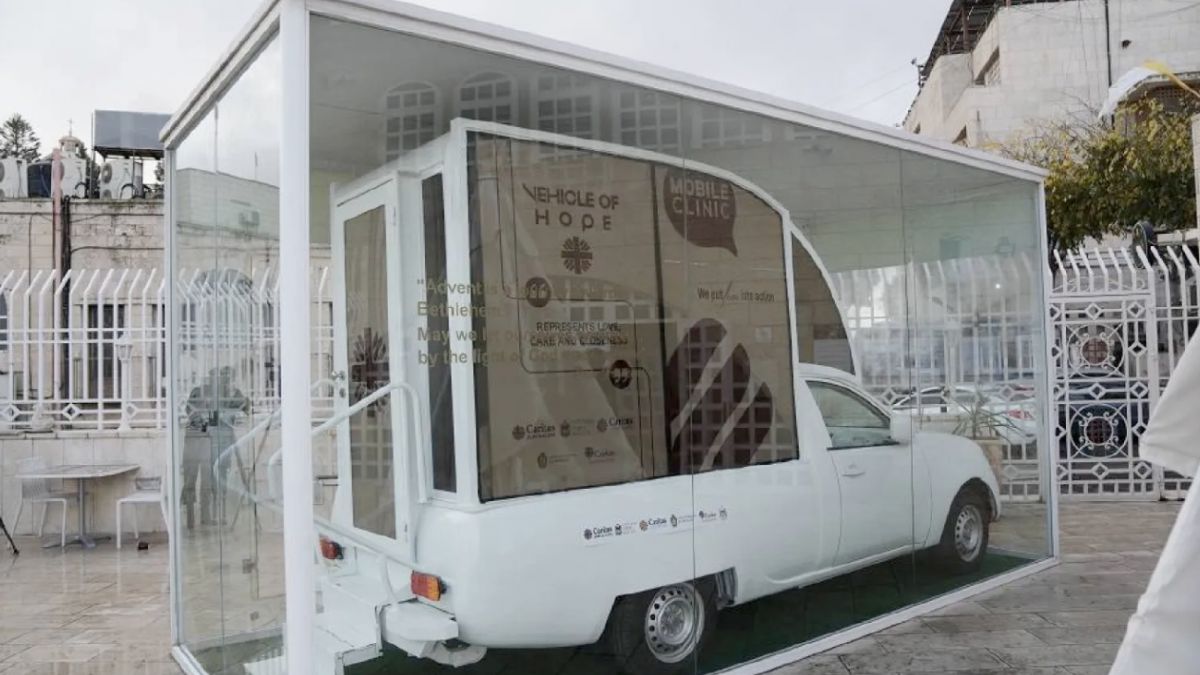
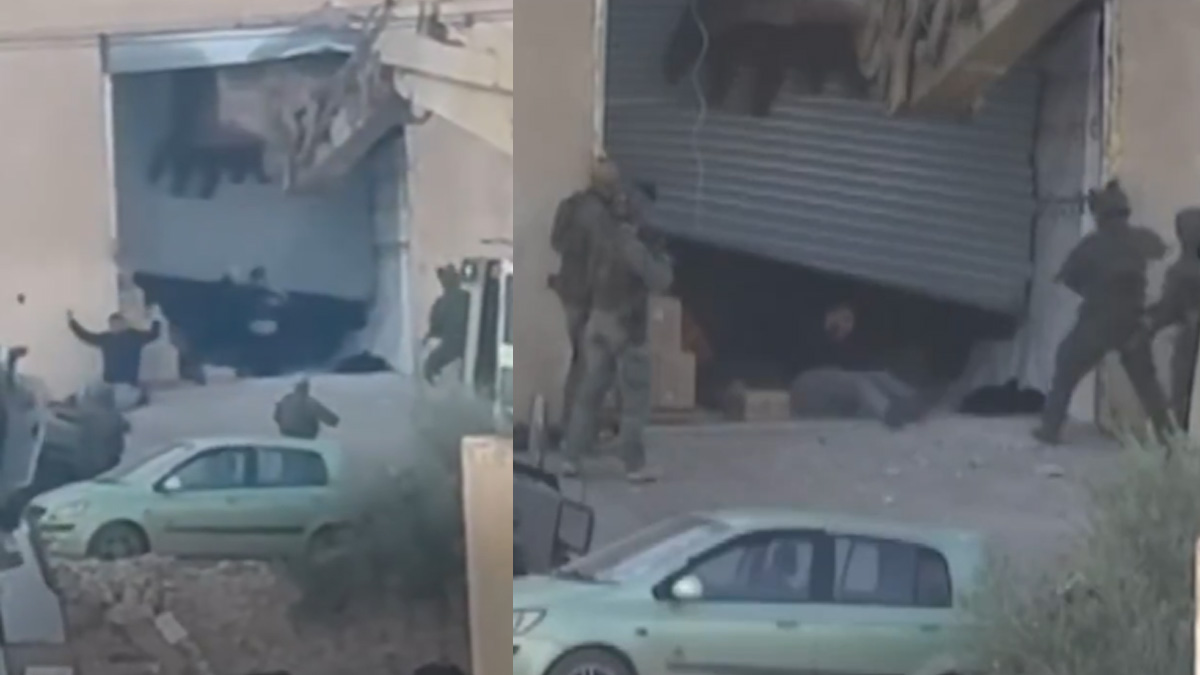

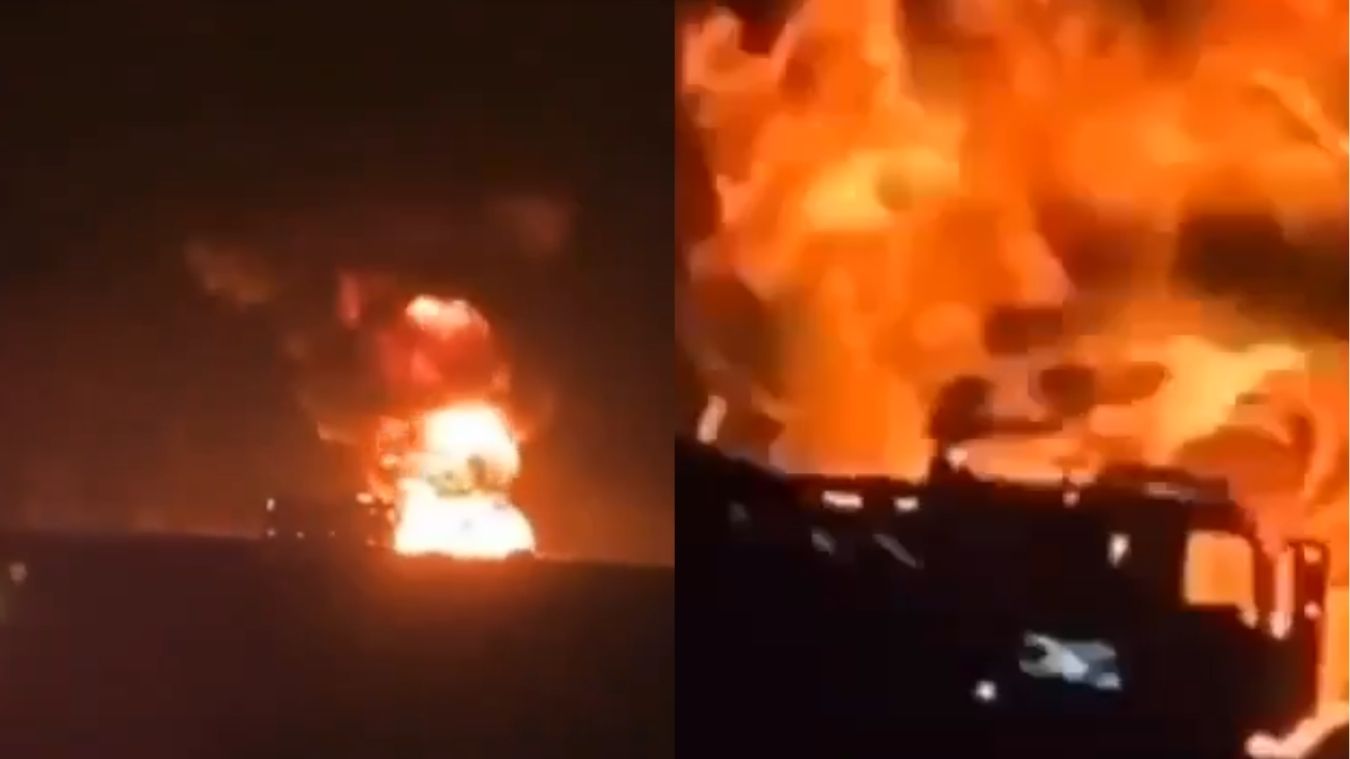
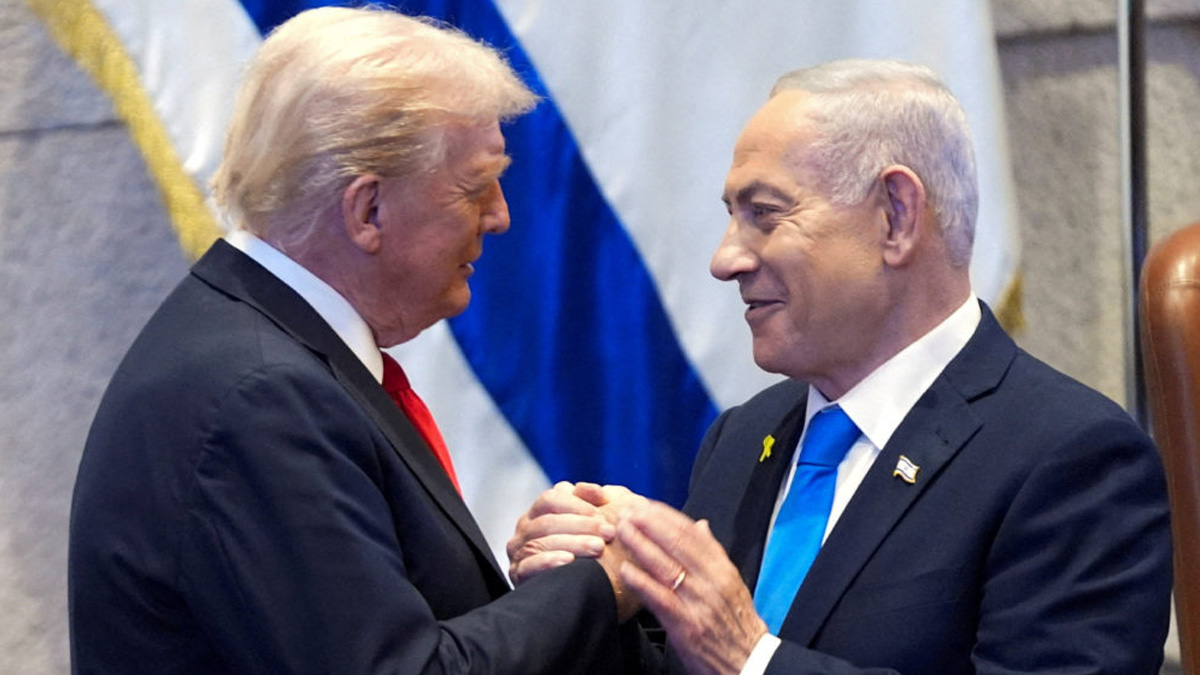
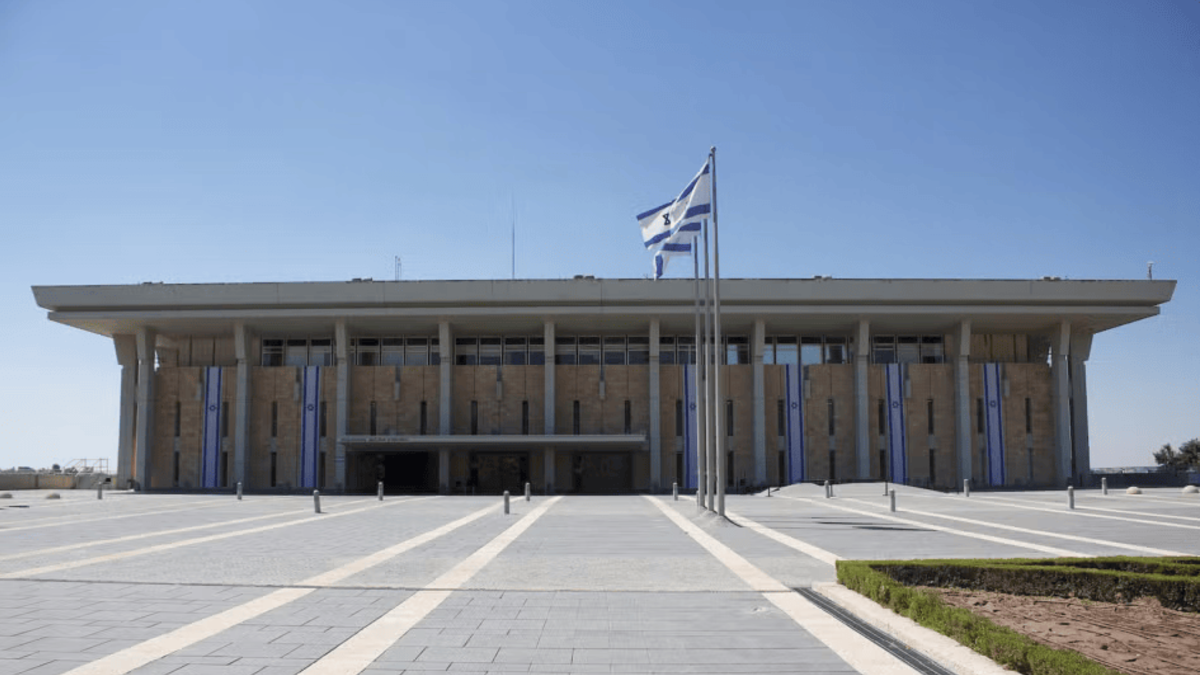
0 Comments